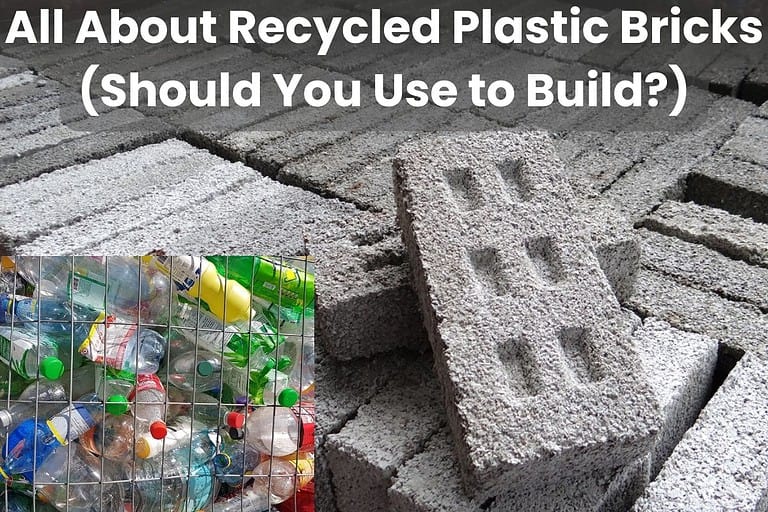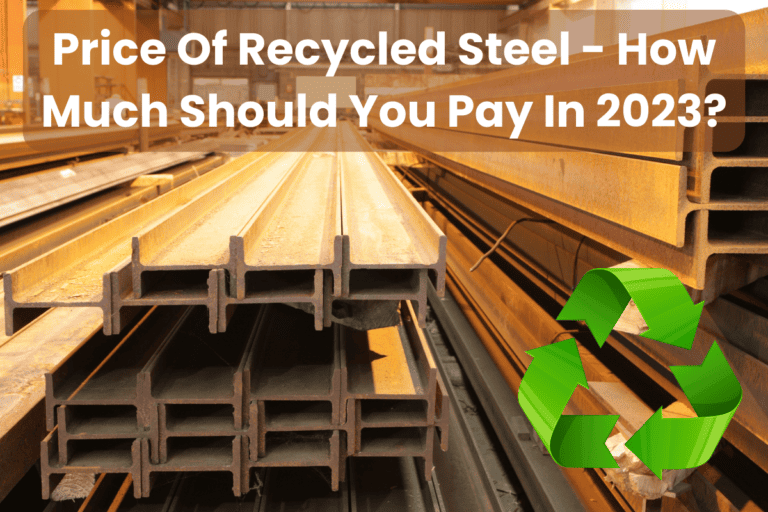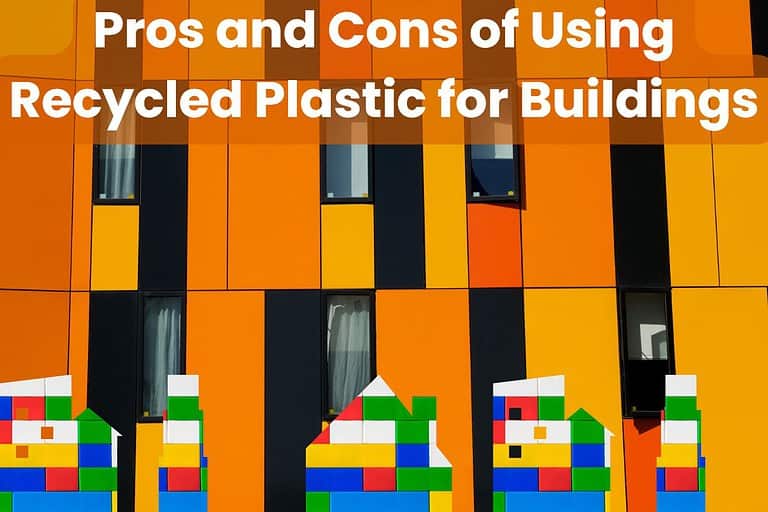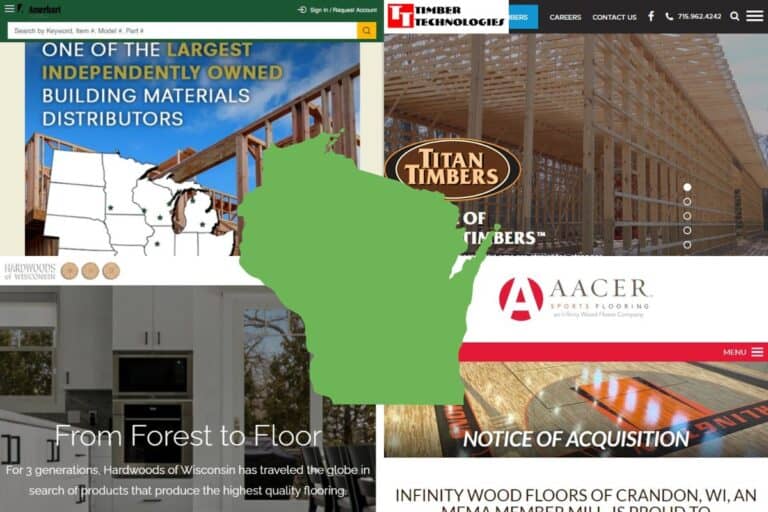Straw Bale House Interiors – Awesome Straw Bale Decor Tips

Image courtesy of Swedish Straw Bale House.
A straw bale house’s interior is generally finished in plaster or stucco to provide a durable and aesthetically-pleasing indoor environment.
Straw bale house interiors often take the already eye-catching exteriors to the next level, showing off features like the beautiful curved walls that straw bale construction can easily create.
A point worth noting is that finishing the interior of a straw bale house has important differences compared to a house built with brick and cement.
Straw bales have different characteristics that require a different approach. Using conventional wall finishings and techniques may produce poor quality results and even cause problems.
In the rest of this article, I’ll discuss how the interior finish of a straw bale house differs from standard houses.
I’ll also discuss the different ways to finish an interior straw bale wall, including the pros and cons of the different approaches. Let’s get started!
How Do Straw Bale House Interiors Differ From Standard Houses?

The interior finish of a straw bale house differs from standard houses in terms of acoustics, aesthetics, and insulation.
In a straw bale home, the interior walls are made from compressed bales of straw covered with a layer of plaster or stucco. The resulting surface is rustic with an organic appearance that’s different from the smooth, painted walls in standard houses.
Specifically, a straw bale house’s interior differs from standard houses in the following ways:
- Wall surface: The compressed bales of straw used to construct straw bale homes make the walls thicker. The walls also have a rougher texture than traditional houses.
- Insulation: Straw bales are excellent thermal insulators that help conserve energy. These bales have an R-value exceeding 7 (often much higher), meaning they have exceptional thermal insulation properties compared to traditional building materials.
- Aesthetics: The interior of a straw bale home has a unique charm, evoking images of nature, rural living, and sustainability. The organic lines and textures of the bales enhance the unique rustic atmosphere of these homes.
- Sound absorption: Straw bale houses are naturally soundproof due to their thick walls and insulating nature. This helps create an acoustic environment that dampens outside noise more efficiently than standard houses.
- Eco-friendliness: Straw bales are eco-friendly due to their low embodied energy and biodegradable and renewable nature. Therefore, they help reduce pollution and resource depletion when used to build homes.
Different Ways to Finish Interior Walls Made From Straw Bales

Not all finishes will work well for the interior walls of your straw bale house. Since these walls are unique, you must complement them with specific techniques and finishes.
Permeability is an essential factor to consider when looking for ways to finish the interior walls of a straw bale home. The outside layer of the finish must be more permeable to moisture than the inner layer. This prevents moisture buildup within the wall to keep it safe and durable.
An impermeable exterior finish layer leads to the accumulation of moisture inside the wall. This can cause severe damage, such as wood rot, mold and mildew growth, and structural deterioration of the house.
Be sure to check the local building code for other requirements in your area.
With that in mind, the following are some ways to finish the interior walls of your straw bale home.
Plaster Finish

Plastering is the most common way to finish a straw bale home. It involves applying a plaster-based material to the surfaces of the bales with a trowel. The resulting layer is durable and helps protect the straw bales from wear and tear.
The most commonly used plaster for straw bale homes is clay, but lime is used in places where it’s hard to get clay.
These two building materials make the best options because they’re durable and breathable. Moreover, they can easily be applied to curved walls, which are a common feature of this type of building, and complement the rustic nature of straw bales.
Cement-based plasters are used occasionally in this role.
Let’s discuss these plasters in more detail in the following section.
Clay-Based Plasters

These plasters are made from clay, sand, and straw fibers mixed with water to form a paste-like substance. Once you have the paste, you can use a brush or roller to apply it to the wall’s surface.
These plasters provide excellent adhesion and can be applied in thick layers for better insulation.
Clay-based plasters also offer a uniquely rustic look to the interior walls of a straw bale house.
An excellent feature of clay-based plasters is their high vapor permeability suitable for straw bale walls. This means the plaster allows straw bale walls to dry faster, eradicating the risk of waterlogging. This is important to protect the straw bales from rotting.
Pros of Clay-Based Plaster
- It is more permeable to water vapor than other plasters.
- It provides excellent adhesion to straw bale walls.
- It has excellent insulation properties.
- It is eco-friendly and biodegradable.
Cons of Clay-Based Plaster
- It takes longer to dry.
- It’s not as durable as cement-based plasters.
- It’s not as strong as lime-based plasters.
Lime-Based Plasters

These plasters are made from lime, sand, and perlite mixed with water to create a creamy paste.
Non-hydraulic hydrated lime (high calcium, slaked, or air lime) is preferred due to its excellent vapor permeability.
Like its clay-based counterpart, you can apply the lime-based plaster with a trowel and smooth it out with a float.
A point worth noting is that lime-based plasters should be applied in thin layers for better results.
Pros of Lime-Based Plaster
- Excellent adhesion to straw bale walls.
- They dry faster than clay-based plasters.
- Are highly resistant to mold growth and weather.
Cons of Lime-Based Plasters
- They are more challenging to apply. Therefore, they require experienced personnel.
- They are more time-consuming.
- They don’t offer quite as good breathability.
The table below shows a direct comparison between clay-based and lime-based plasters for straw bale houses:
| Feature | Lime-Based Plaster | Clay-Based Plaster |
| Breathability | Medium to high | Very high |
| Hazardous to skin | Yes | No |
| Exterior durability | High | Medium to low |
| Cost of raw materials | Medium | Medium to low |
| Availability of experienced personnel | Highly available | Varies from place to pace |
| Interior humidity control | Low | High |
Table 1: Comparison between lime-based and clay-based plasters
How to Plaster Your Own Straw Bale House
Now that you know you can use lime and clay-based plaster to finish interior walls made of straw bales, how do you approach the process?
Well, here is a simple procedure to get you started:
- Apply the base coat: Use a trowel or float to apply the base coat of plaster. The base coat is important for better adhesion and prevention of cracking or flaking.
- Wait until it’s dry: Allow the plaster to dry before you start with the next layer.
- Smoothen out imperfections: Use a float to even out any lumps or bumps.
- Allow time to dry: Allow your plaster to dry completely before painting it with your favorite color.
- Apply the finish coat: Use a brush or roller to apply your desired finish.
The video below demonstrates the above procedure using a lime-based plaster:

Stucco Finish

Stucco is a popular material used to create an attractive, durable finish for interior walls. It consists of cement, sand, and lime mixed with water to form a paste-like mixture that can be applied to the bales with a trowel.
This is a suitable option if you have a stucco straw bale house.
A point worth mentioning is that if you opt for this option, you should use more sand and clay than cement. Since cement is non-breathable, it will reduce the straw bales‘ ability to release moisture, leading to rotting.
If possible, it’s advisable to avoid cement in the aggregates for sustainability and the safety of your straw bale house. Instead, you can use a combination of clay, lime, sand, water, and a binder.
Pros of Stucco Finish
- It is highly resistant to weather and mold growth.
- It requires minimal maintenance.
- It provides a strong, durable finish.
Cons of Stucco Finish
- The finished product can easily crack or flake if not cured and applied correctly.
- Since it is not breathable, moisture can accumulate in the straw bales if used excessively.
- It requires experienced personnel for successful application.
Tadelakt Finish

Tadelakt is a plastering technique that originated in Morocco. The material comprises lime putty, marble dust or quartz, and other natural aggregates such as pulverized brick or clay.
Tadelakt is often used on exterior walls but can also be applied to interior straw bale walls.
This finish has a soft appearance suitable for modern or traditional interior decor.
Pros of Tadelakt Finish
- It is highly waterproof and resistant to mold growth.
- It can be applied in thin layers for better insulation.
- It’s watertight, an excellent feature that prevents the penetration of water into the straw bales.
Cons of Tadelakt Finish
- The material is more expensive compared to stucco or plastering.
- It requires specialized skills for successful application.
- It takes longer to dry than other plasters.
Final Thoughts On Straw Bale Home Finishes
Finishing interior straw bale walls can be done with natural materials, such as clay-based and lime-based plasters, stucco, or tadelakt finishes.
Each of these finishes has its pros and cons, so make sure you understand the features of each type before choosing one for your straw bale home.
As with any other building project, it’s essential to get the help of a professional for better results.
Once you’ve decided on the finish, apply the base coat and proceed with adding the layers until you achieve your desired outcome.
Now that you know how to finish your straw bale house interiors, check out these 11 eco-friendly building materials to build with.







